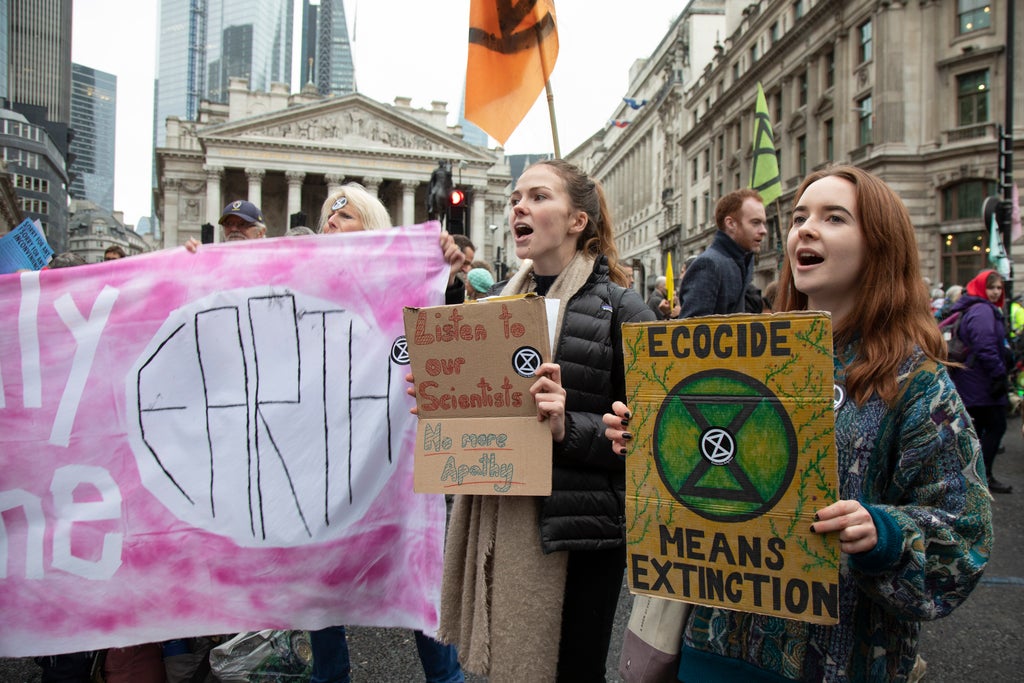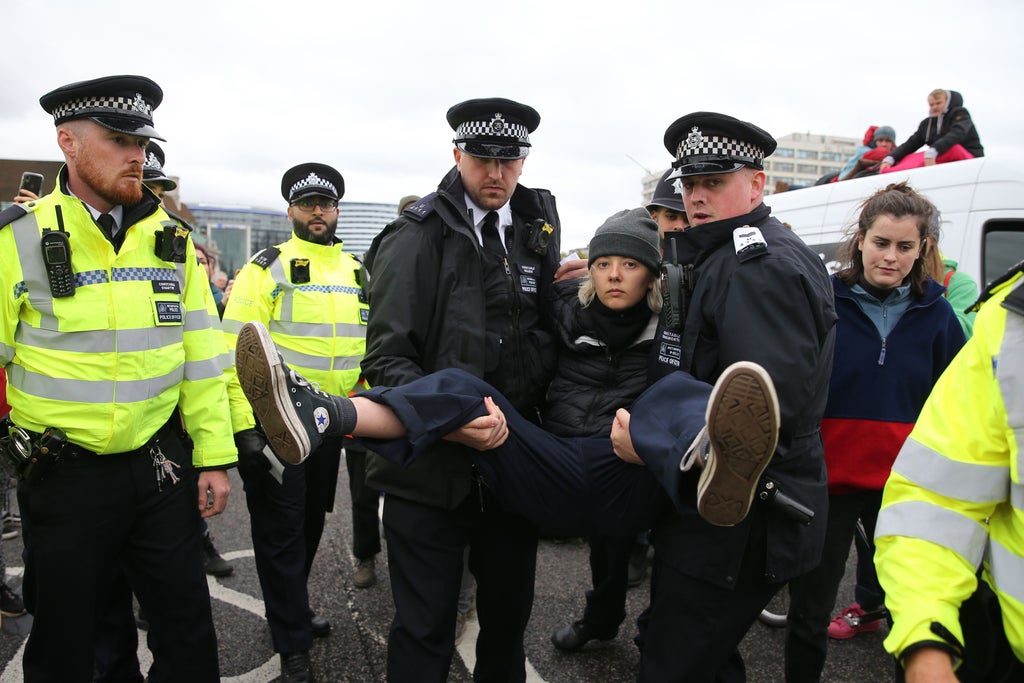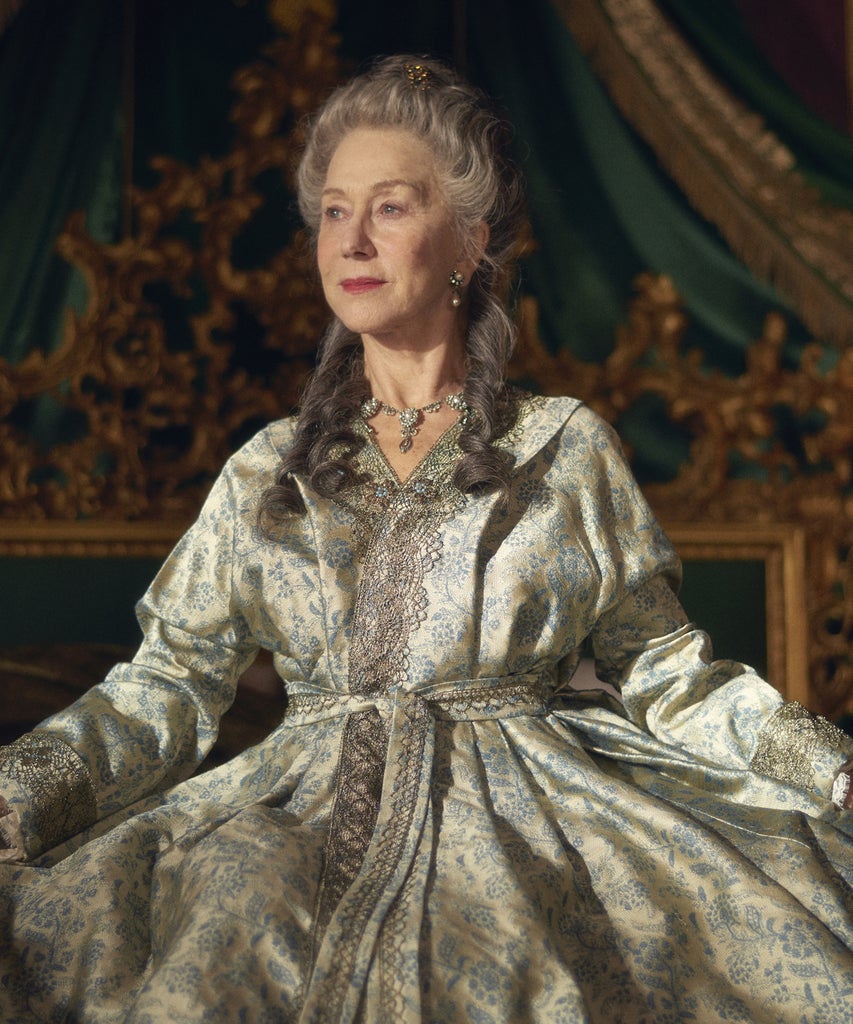This week activists lined the streets of London to call upon the government to take urgent action against climate change as part of a fortnight-long protest. The demonstrations began on Monday 14th October across London’s landmarks.
Extinction Rebellion, the group behind the protests, took over Trafalgar Square on Monday as part of their “Autumn Uprising” in which over 1,400 people have been arrested so far. Hundreds of police officers moved in without warning on Monday night to clear protestors who remained at the movement’s base in the capital before issuing a city-wide ban on their demonstrators. Some activists even went as far as glueing themselves to the ground.
Extinction Rebellion self-describes as an international activist organisation which uses non-violent methods to encourage those in power to take action on climate and environmental issues. The group, which calls itself “XR” for short, was launched in 2018 and is now spreading worldwide.
While XR has dominated headlines in the last year thanks to protests up and down the country – as well as in Berlin, Sydney and New York – the protests and organisers have attracted criticism, with Prime Minister Boris Johnson labelling them “uncooperative crusties”.
Many questions have been raised about the inclusivity of XR; there is the issue of class and race (one writer accused them of a “hapless” and “depressing” stance on both) and it is hard not to notice the sea of white, middle-aged faces at an XR protest. It can be tough not to stereotype XR as middle class hippies getting arrested for fun – because they can. But the issue is more complex.

To try and understand more about XR and give them the chance to respond to the many criticisms, we reached out to Molly Lipson, a 25-year-old activist who has joined Extinction Rebellion’s protests in London. We chatted for a few hours over WhatsApp, and this is our exchange…
Jessica: Hi Molly. So my first question to you is about the police ban, which was a big talking point yesterday. What’s your take on it and what’s the vibe among XR now?
Molly: I’m heartbroken watching democracy shatter in front of my eyes. Yesterday’s police ban compounds everything that’s happened already – when the police and state put curfews on the climate strikes, when they swoop in without warning to clear our tents, when the government continues to ignore the crisis and emergency we’re in and are not acting in the interests of its people. This is not what democracy looks like.
Jessica: How does that make you feel, as a young person fighting for an important cause, that people are unwilling to let you protest peacefully? What hope does that give you for the future and future protests?
Molly: I feel a sense of loss and despair watching what’s happening and how our democracy is being eroded by the people that exist to protect it. I, along with many other thousands of activists, will never give up our right to peaceful protest so while I may not be filled with hope, I have no plans to stop.
Jessica: I’m really pleased that you have so much energy to keep on fighting for what you believe in. The movement has drawn a lot of criticism, though. It has been described by critics as a “primeval, anti-capitalist cult” and has been challenged on its race and class problem. It’s been criticised for being “too white, too middle class and too concerned with beautiful scenery and photogenic species” – what is XR doing to tackle the public perception and backlash it has received lately?
We are here using our privilege, we are here using our class, using our race because we can.

Molly: So there’s absolutely no doubt that XR has the same problems that we have in our general systems around race, class, and general structural oppression and equality and injustice. That’s because we’re all a product of this society and that’s partly why we are here advocating for change. We want systems changing and that includes all of those elements as well. My answer to people who say we are just a middle class, white movement is: What is it that white people, or white middle class people could be doing that is more important than this? If we’re going to have that privilege, then we should use it in this way. Nish Kumar did a really good piece on The Mash Report recently where he said: “You are criticising all these white people – I’d much rather that they were out on the streets protesting to save my future, my planet and for my children and everything else than colonising my ancestors.” That really sums it up – we are here using our privilege, we are here using our class, using our race because we can.
And the second point I’d make on this is that I’m part of a newly formed working group within XR called Liberation and we are tackling issues around why it is that XR looks like a middle class movement from the outside and maybe the way it’s been portrayed in the media as a white, middle class movement and a number of groups working on the structure of oppression, ours specifically is addressing the issue of police brutality…with Liberation and XR generally.
Jessica: You mention that XR is trying to address the issue of police brutality. A lot of backlash came from the fact that some activists sent flowers to Brixton Police Station. A lot of people on Twitter were asking why… Why send flowers to the very police station which saw Wayne Douglas in 1995, Ricky Bishop in 2001 and Sean Rigg in 2008 all die in their custody?
Everything that’s wrong with #ExtinctionRebellion in one tweet. Brixton police station is where Sean Rigg died at the hands of police, none of whom has been held accountable. To add insult to that flowers laid in his memory by his sister Marcia Rigg in August were removed #XRFail https://t.co/0XTs1RmomT
— Nadine El-Enany (@NadineElEnany) 11 October 2019
Molly: We are a decentralised movement made up of lots of autonomous individuals so if that person felt so moved then that’s their choice. Adding my voice to this, I would say that we recognise the human in every police officer as a member of an institutionally racist and oppressive force. Part of our strategy is to put the police into a dilemma situation where they realise the urgency of the crisis and leave the force to join us. We also acknowledge the sheer amount of work that needs to be done to address these issues and that’s why there are a number of groups trying to do what we can to make sure the vision and world XR is looking to create is as far away from the systemic, systematic issues of oppression we are currently bound up in.
Jessica: Do you think XR’s public image has changed?
Molly: Since I joined in April, I think XR has become a household name. I’ve found that people are so willing to lend their support in so many ways and it’s deeply encouraging to see.
Jessica: I’m curious; what made you join XR in the first place?
Molly: My background is in criminal justice reform in the US and through that I came to understand systems of structural oppression and how environmental racism is a huge element of that. Who will choose who gets to eat, who gets to live and who has to die? It terrifies me to think about that and the sheer overstretch of power that governments and corporates have in our global societies.
Jessica: XR has been pretty demanding. I’m really interested in what you have achieved so far in terms of those goals and what you hope to happen in the next year.
Molly: Two weeks after the April Rebellion protest, the UK parliament became the first country to declare a climate and ecological emergency. That was great in words, but unfortunately our politicians’ actions have not reflected this at all. That’s why we’re back in the streets asking that they listen and take on our three demands.
Jessica: Do you think the general protests are affecting everyday people when the protests should be targeting bigger corporations to get them to make a change?
Molly: Absolutely, and we really don’t want to be doing this. We’re so sorry for inconveniencing people but it’s nothing in comparison to the ‘disruption’ that is already happening across the world and will hit us too. On Monday we were at Bank and we were targeting those who finance the climate crisis. Yesterday we were focusing on food insecurity outside MI5 and the rest of the actions this week relate to different issues around the emergency.
Jessica: What would you say to people looking in who may feel intimidated or feel they’re not welcome to join XR because they can’t see anyone in the movement that looks like them or is from the same socioeconomic background?
We fully acknowledge that we perpetuate the same systems we are trying to change and we own that. Lots of work is happening and lots more needs to happen on this front.
Molly: The reasons for that are very complex, very deep and relate to the issues I spoke about before regarding police violence and brutality. There are many reasons people from certain demographics can’t be part of protest movements generally and specifically a movement based on mass civil disobedience. I’d also add that what you see on the streets is not the same as what happens behind the scenes, in the office etc. I work closely with many people who cannot be on the streets with me. Which is not to say we don’t have work to do – we fully acknowledge that we perpetuate the same systems we are trying to change and we own that. Lots of work is happening and lots more needs to happen on this front.
This conversation has been edited for clarity.
Like what you see? How about some more R29 goodness, right here?
Fashion Is Going Carbon Neutral, But Is It Enough?



































